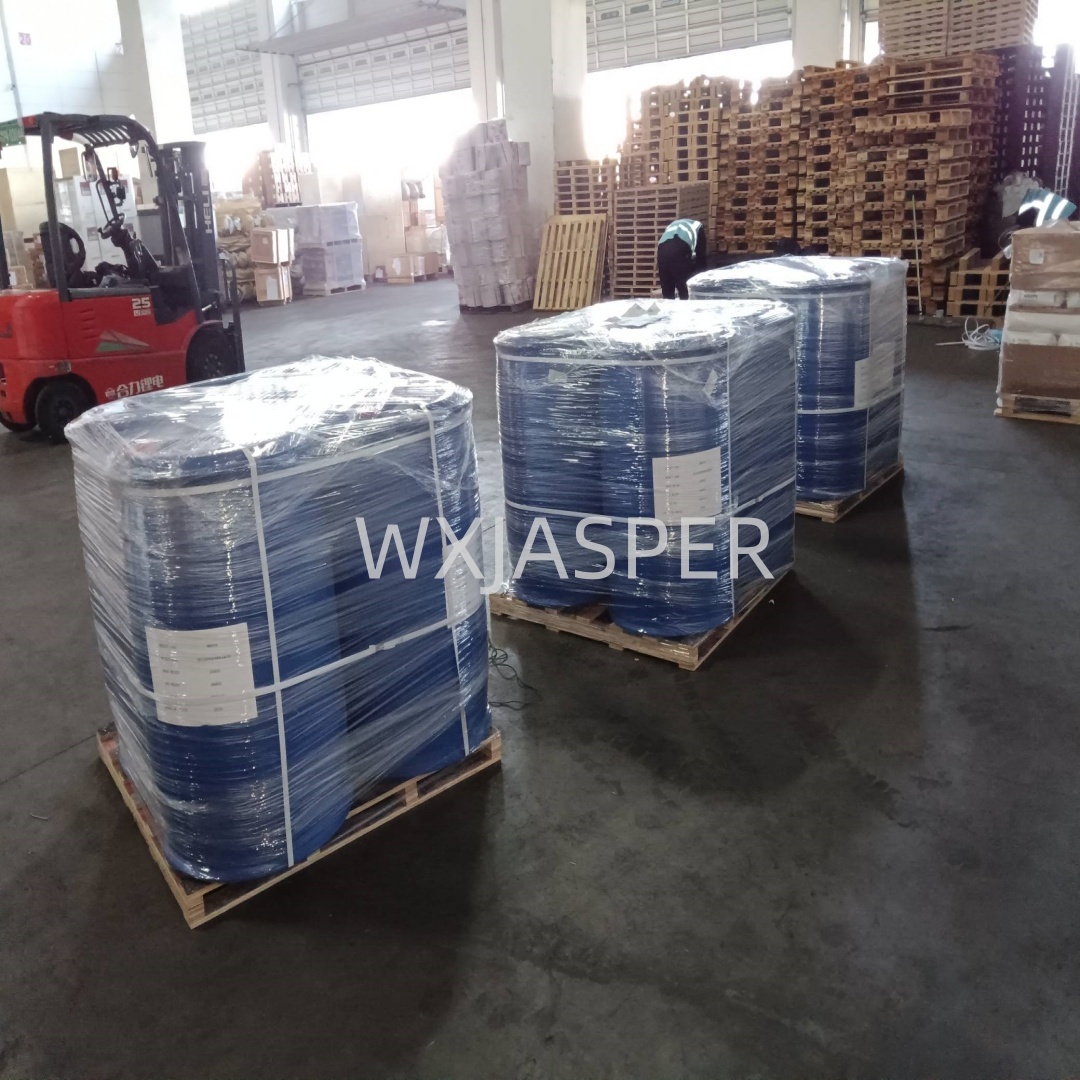Your Location:Home > Products > Solvents > Bis(2-ethylhexyl)amin



CasNo: 106-20-7
MF: C16H35N
Appearance: liquid
Delivery Time: 15 days
Packing: 160kg/drum
Purity: 98%
Basic Information
|
Model NO. |
106-20-7 |
EINECS |
203-372-4 |
|
Color |
White |
Appearance |
Liquid |
|
Sample |
Available |
Purity |
98% |
|
Grade Standard |
Industrial Grade |
Specification |
160kg/drum |
|
Transport Package |
Drum |
Origin |
China |
Product Description
Product Name:Bis(2-ethylhexyl)amine
CAS No: 106-20-7
EINECS No.:203-372-4
Form: Powder
Product Application
Metal Extraction: Core application. Used to extract, separate, and purify critical metals like uranium, vanadium, and rare earth elements from acidic solutions.
Corrosion Inhibitor: Intermediate for producing anti-corrosion additives in lubricants and fuels.
Surfactant Precursor: Key raw material for manufacturing cationic surfactants, disinfectants/biocides, and fabric softeners.
Chemical Intermediate: Used in synthesizing lubricant additives, agrochemicals, dyes, and polyurethane catalysts.
Pharmaceutical Intermediate: Used in the synthesis of certain active pharmaceutical ingredients (APIs).
Packaging
160Kg/drum
Storage
Store in a cool and ventilated warehouse, away from fire and heat sources. It should be stored separately from oxidants, acids and food - grade chemicals, and mixed storage is strictly prohibited.